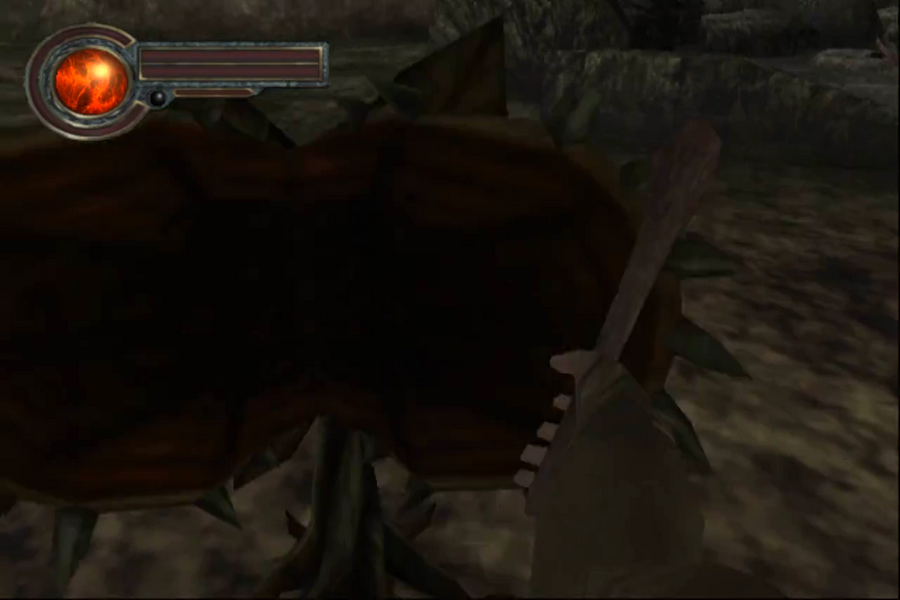

A game may have multiple world views, either by zooming into a city (Ultima V) or zooming out into an open area (Final Fantasy VII, Fallout 2). How this view is implemented varies greatly. The world view is where most of the action takes place or should take place in the game. These engines can be hidden (the player does not necessarily need to know that the knight has just learned to wield the poleaxe 1% better than before), combined (the battle and world views in Ultima VII the shop and talk views in Fallout the talk, shop, battle, and world views in Fairy Tale Adventure), or even dropped out completely in the game. With this introduction in mind, I shall now focus more on the classic third person view rather than the first person view genre of CRPGs.Ī modern CPRG game can be considered to be driven by 6 distinct engines or views-world view, battle view, talk view, shop view, personal view, and NPC (Non-Player Character) engine. In fact, the difference lies in the fact that in Doom it is the player who gains more experience not the character. It is because in theory, at least, you can solve the last level of Doom with the same marine character you start with. Still, the former feels more like a RPG than the latter. Both games have progressive weapon deployment.

Whereas Link in Zelda grows stronger by finding pieces of heart, the marine in Doom collects health and armor. Where should the exact line be drawn is a discussion that lies outside the purview of this article. The character under the player's control grows over time, gains experience, skills, powers, and becomes stronger as a whole. In fact, CRPGs come in so many variations that no single feature can define the genre, with one key exception-character development. This is not necessarily true, since many adventure games (Zork) contain random factors. Some gamers argue that the answer is that CRPGs contain randomness. So what makes a CRPG a CRPG? Why Leisure Suit Larry, Doom, and Zork are not considered to be CRPGs whereas Zelda 64 may be considered to be one? Turn-based gameplay has often been thought to be an integral part of the CRPG genre, but this is neither required (Fallout) nor necessary (Ultima Underworld, Final Fantasy VII). The second genre is the more classic third person view CRPGs (Ultima I to VII, Nethack, Rogue, Fallout, Pool of Radiance). The first genre is the first person view CRPGs (Bard's Tale, Dungeon Master, Ultima Underworld, System Shock). Some games are combination of both or lie completely outside of this definition. All storyline examples are fictitious and are for illustrative purposes only.ĬRPGs can be divided into 2 main genres, both of which contain numerous subgenres. No actual spoilers to these games are included here. In this article, I shall refer to many games, both CRPGs and other genre games, to facilitate my discussion. After reading the article "What is an ideal adventure game?", I become interested in learning more about designing CRPG and adventure games, given the fact that the two genres have much in common but also many differences which are often confused by novice gamers. I have a long history with playing both RPGs and CRPGs as well as a long history with computer programming. While doing some background research in preparation for a project to create a new role-playing game (RPG), I have compiled some points on what constitutes a computer RPG (CRPG) and what makes a great CRPG.


 0 kommentar(er)
0 kommentar(er)
